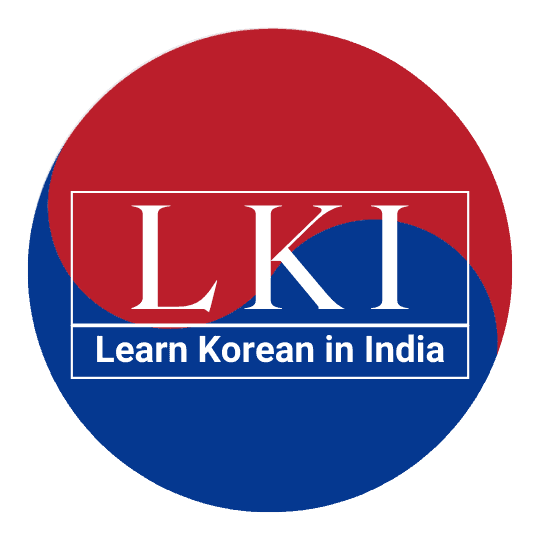Let's learn how to use "V+ 고 있다 [Korean grammar]" and make some example sentences.
V+고 있다 (Korean Grammar)
USE:
V+고 있다 Korean grammar pattern is used to make continuous verb ending which shows that some action is going on currently.
CONJUGATION RULE:
V+고 있다 grammar is used with verbs. The first step of ‘V+고 있다’ conjugation is to remove ‘다’ from the base form of the verb.
- Take the stem of the verb and directly add 고 있다 to that.
So let's take a verb 먹다(to eat). if you remove 다 from 먹다, 먹 (stem) is left. And then, Directly add 고 있다 to it.
so it becomes 먹고 있다.
"V+ 고 있다" can be used in the present, past and the future:
Let's take a common example to understand it better.
" 책을 읽다" when you conjugate it with V+고 있다 grammar it become 책을 읽고 있다.
Now let's make the same sentence in present, past and future tenses.
-고 있다- PRESENT TENSE:
When an action is in progress sometimes in the present, '고 있어요' is used.
- 책을 읽고 있어요. (I’m reading a book.)
-고 있다- PAST TENSE:
- 책을 읽고 있었어요. (I was reading a book.)
-고 있다- FUTURE TENSE:
when an action will be in progress sometimes in the future, ‘고 있을 거예요’ is used.
- 책을 읽고 있을 거예요. (I will be reading a book.)
EXAMPLE SENTENCES:
- 밥을 먹고 있어요. (I am eating food.)
- 짐에 가고 있어요. ( I am going home.)
- 아제 숙제 하고 있었어요. (I was doing my Homework yesterday.)
- 요리를 하고 있었어요. (I was cooking.)
- 주말에는 여행을 하고 있을 거예요. ( I will be travelling on weekend.)
- 다음 주 화요일에 시험을 보고 있을 거예요. ( I'll be giving exam on next Wednesday.)

